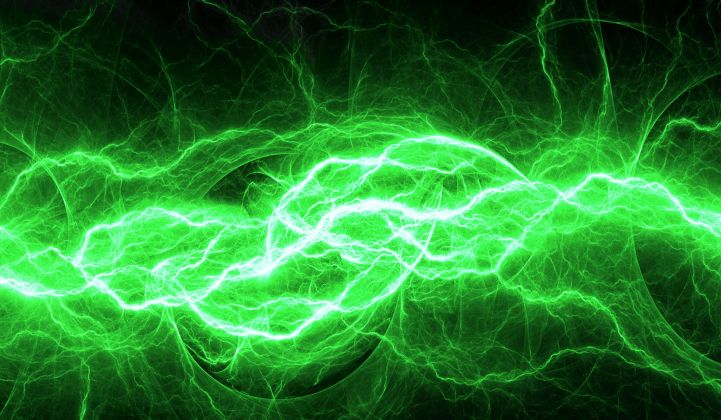Research by a German team could aid the superconductor industry by improving capacitance by an order of magnitude compared to current approaches. The researchers identified the improvement when using a "hybrid mix" of potassium ferricyanide in aqueous media.
In a paper titled "High-Performance Hybrid Energy Storage with Potassium Ferricyanide Redox Electrolyte," the team from the Leibniz Institute for New Materials (INM) in Saarbrücken also described how they overcame current leakage with an ion-exchange membrane.
The team, led by Professor Volker Presser of INM’s Energy Materials program division, found the hybrid medium had an energy capacity of 28.3 watt-hours per kilogram, or 11.4 watt-hours per liter.
This nears the 30-watt-hours-per-kilogram upper limit for current supercapacitor products and is “higher compared to the same cell operated in aqueous sodium sulfate,” said the team.
The researchers also noted “excellent long-term stability” across 10,000 charge and discharge cycles. “This hybrid electrochemical energy storage system is believed to find a strong foothold in future advanced energy storage applications,” concluded the study’s authors.
Lu Zhang, a scientist at Argonne National Laboratory in the U.S., said the redox electrolyte was a “key aspect” of the research. “This ferricyanide redox electrolyte can provide a higher capacity, [delivering] higher power out of the devices with this chemistry,” he said.
“Another important finding is the ion-selective membrane. That is another key component to maintain the capacitance here, preventing the cell’s discharge, which would lead to the degradation of the capacitance," said Zhang.
He said the research could be used to build supercapacitors that would last longer in a steady state without discharging: “You don’t want self-discharge happening. When you charge the capacitors, you want the energy holding there for as long as possible.”
While traditional capacitors are based on two charged plates separated by an insulating material, recent supercapacitor research has focused on ionic liquid electrolytes that can operate at higher voltages.
INM’s hybrid approach opens up a new line of investigation that might help widen the range of supercapacitor applications down the line. “The supercapacitor is a very promising addition to other battery technologies,” Zhang said. “It presents very unique features."
“It can have a very good power ability. That’s actually very useful in many situations. If you are driving an electric car, you need a lot of energy input within a very short time. That kind of power output is not being provided by the battery.”
There is already growing interest in the use of supercapacitors for transportation, not just because of their high power capacity but also because they can be charged very quickly.
In Switzerland, for example, ABB is using the technology to charge electric buses in as little as 3 to 5 minutes.
ABB has also been involved in a project to use supercapacitors on Southern Pennsylvania Transit Authority trains, as a way of recovering braking energy to earn money on the PJM frequency regulation market.
And in 2011, Elon Musk famously predicted supercapacitors would be better than lithium-ion batteries at powering electric vehicles.
However, Tesla has yet to incorporate supercapacitor technology into its vehicles, and it is said Musk now believes his original analysis was flawed.
But even if INM’s approach helps to overcome some of the technology’s current shortcomings, the chemistry could still prove difficult to commercialize.
The materials involved are readily available and therefore may not cost much, but the presence of potentially hazardous cyanide compounds in the mix might raise safety concerns.
“Depending on what kind of concentration you’re going to use, it could be dangerous,” admitted Zhang. “Going into the application, all those hazards have to be evaluated.”



